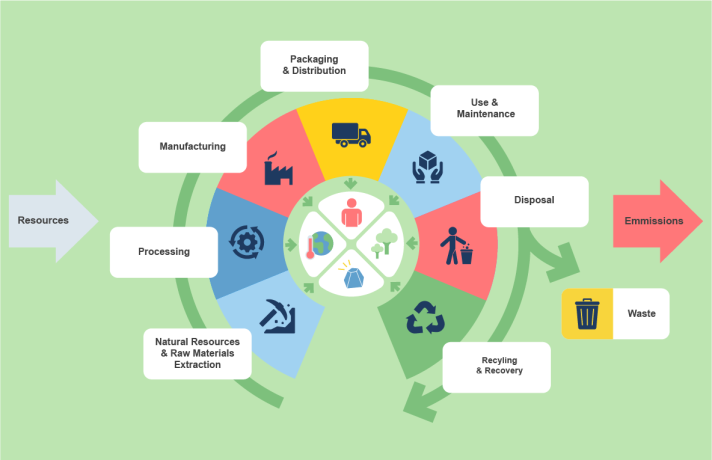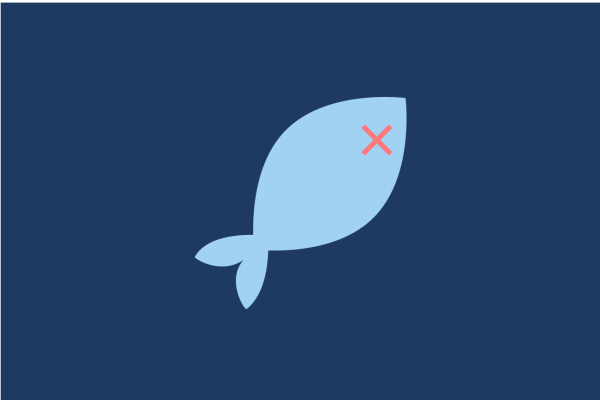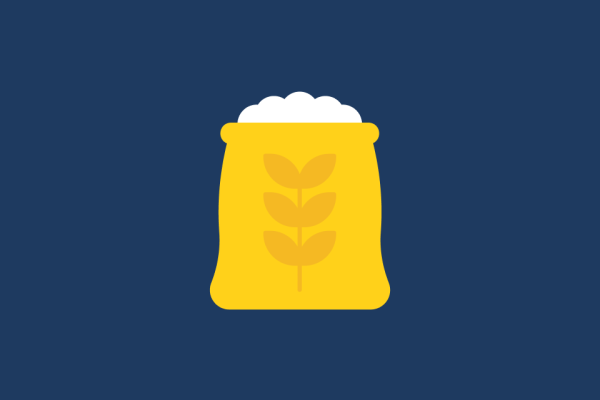PEF: How it works
The Product Environmental Footprint (PEF) method, based on life cycle assessment (LCA), provides rules to quantify and communicate environmental impacts of products, including goods and services. Building upon global standards (e.g. ISO 14040/44) and other relevant approaches, PEF focuses on reducing impacts throughout the supply chain of products — from raw material extraction to waste management. It provides specific requirements for modelling material flows, emissions, and waste streams, enabling a thorough understanding and management of environmental impacts.
Learn how to perform the PEF study to your product: Click here
Scope of the Product Environmental Footprint
The 7 stages of a product’s life cycle require resources and give off emissions. They each have an impact on the environment and humans.
Phases of a PEF study

Product Environmental Footprint Category Rules (PEFCRS): How they are developed
Based on PEF, Product Environmental Footprint Category Rules (PEFCR) can be further developed to improve the reproducibility, comparability, and verifiability of results for specific product groups or sectors. Drafted, managed and updated by the Technical Secretariat, the PEFCRs establish consistent and specific rules for calculating and comparing the environmental information within a product group with the aim to support, simplify and reduce costs in PEF studies.
PEFCRs have to be updated to reflect market developments, new data and methodological developments. Here is the list of PEFCRs that have been developed or are still being developed with the support of the Commission, during the Transition phase. PEFCRs not included in this list are either outdated or are private initiatives developed independently from the Commission.















